Learn how to feed and maintain a Sourdough Starter, the easy way. Maintaining your gluten free sourdough starter can seem daunting or scary, but using these tips makes learning to properly feed it feel easy breezy.
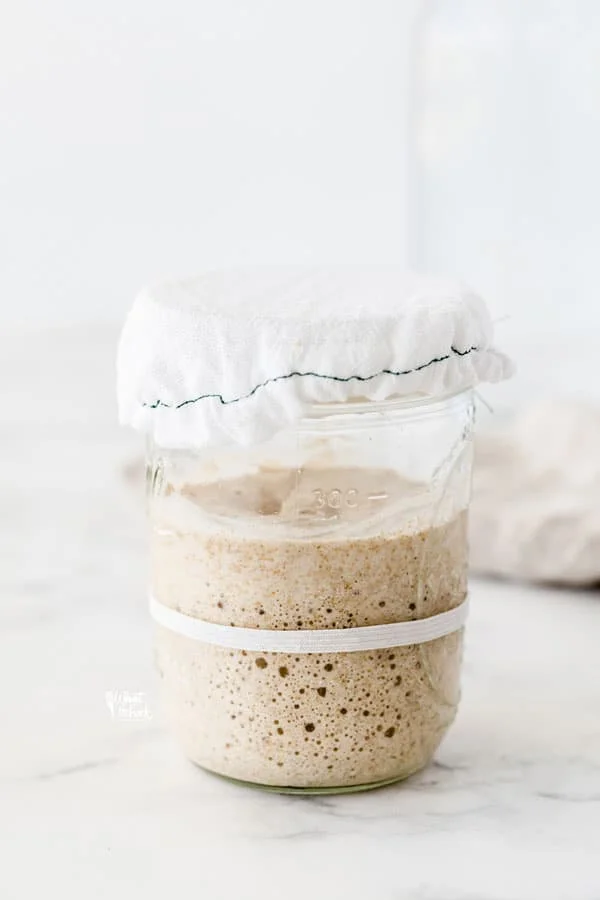
This post contains affiliate links for products and ingredients I use and love. You can read my full disclosure here. Thank you for supporting What The Fork Food Blog so I can continue to provide you with free gluten free recipes ♥
Easy Steps For Feeding Sourdough Starter for Maintenance
Once you’ve finally found the courage to stop researching and reading all about making your own gluten free sourdough starter and gluten free sourdough recipes, you can finally start actually putting in the work and making your starter.
When I first looked into making my own starter, I have to admit, there was so much info to navigate and felt like it would become quite a lot of work to go through. But once I actually got my hands in the kitchen, I saw how simple making a gluten free starter could be.
Then once I used the starter and made my first Gluten Free Sourdough Bread, I was HOOKED! I was a little annoyed with myself for hesitating and waiting so long to use it. It’s so delicious, surely cheaper than buying gluten free bread at the store and very rewarding!
Plus, you can use the sourdough discard in many other recipes! It’s a great feeling to minimize kitchen waste and repurpose it into recipes like Gluten Free Sourdough Chocolate Chip Cookies (pictured below) and Sourdough Gluten Free Cornbread.
What Does It Mean To Feed or Maintain Your Starter:
The first time I heard someone say they needed to feed their starter, I was a little confused. What does feeding have to do with bread? Don’t I feed myself with the bread? Why feed the starter? Is it hungry? I had a million questions running through my head.
Feeding your starter is the most important thing to do when discussing how to maintain sourdough starter. You feed your starter by adding water and gluten free flour to your jar and then stirring it up and making it active again and discarding some.
As an Amazon Associate I earn from qualifying purchases.
Key Ingredients for Feeding Sourdough Starter
You only need 2 simple ingredients to feed and maintain it. You should have some leftovers from when you first created the wheat free sourdough starter.
- Gluten-Free Flour: Whatever flour you used in your original starter, try to use again when you need to feed your starter. It is possible to change flours if necessary. We can talk about that later.
- Water: I suggest using filtered or bottled water if possible. Certain chemicals, like chlorine, often found in tap water kill the good bacteria and wild yeast in your starter. If you only have tap water to use, you must boil it and then let it cool to room temperature before using it.
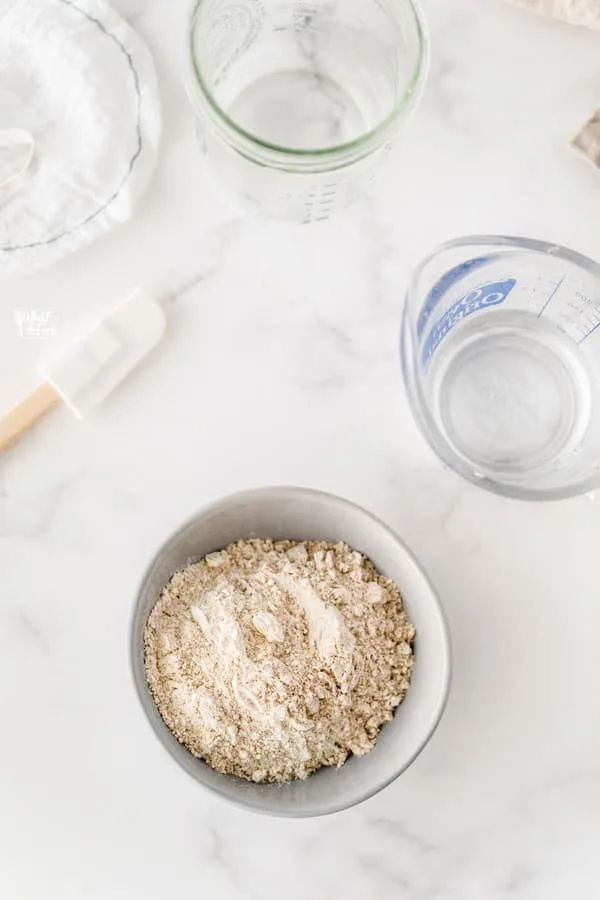
Equipment Needed for Sourdough Starter Maintenance
- Digital Kitchen Scale: You need to weigh both the water and gluten free flour with a scale to properly feed your starter.
- Silicone Spatula: Using a spatula to stir is recommended instead of a metal spoon. You want to use a spatula to scrape down the sides of the jar to clean them while maintaining sourdough starter to help prevent mold and mildew. I use a Mini Supoon – it’s the perfect size and it scrapes the edge of the jar clean!
- Glass Jars: I prefer Weck jars for sourdough. They’re easy to clean because they have straight sides and
How to Store Starter for Feeding
How and when you feed your starter actually depends on how you’ve been storing sourdough starter. There are two ways to store it.
Depending on if you’re a regular sourdough baker or just a casual baker who enjoys sourdough recipes on occasion will determine how you want to store the starter.
If you’re an avid and dedicated baker who enjoys using sourdough quite frequently, you’ll want to store it on the counter at room temperature.
If you’re just a casual baker who enjoys using it on occasion, you can store yours in the fridge and you’ll need to know ahead of time when you want to use it so you can schedule maintenance appropriately.
Storing Starter In The Fridge
Store your starter in the refrigerator covered but not airtight. It needs air to stay active. You can cover your jar with paper towels, a loose lid, or a coffee filter, just make sure it can still breathe.
Storing Starter Room Temperature
Store your starter in a jar and in a relatively even temperature area. Don’t store by a vent or the stove or oven. You can cover it, but again, cover loosely.
How to Feed Sourdough Starter
Depending on how you store your starter will determine how often you need to feed it. A refrigerated starter needs to be fed once a week and you should still feed it weekly even if you don’t plan on using it soon. If it’s stored at room temp, it needs to be fed daily or every 24 hours.
Follow my initial sourdough starter feeding schedule. I find that downloading and printing this free schedule and hanging it in the kitchen or keeping it by your bread-making equipment makes it easier to know when and how you need to maintain it.
Maintaining Your Room Temperature Starter
Step 1. Stir your starter, and discard or set aside all but 25 grams of it. Add in 75 grams of gluten free flour and 75 grams of bottled water. Stir well to combine.
Step 2. Cover starter and set back on the counter. Discard or use the discard in other recipes. Repeat in 20-24 hours.
How to Maintain a Sourdough Starter in the Fridge
Step 1. Remove the starter from the fridge. There may be some liquid on the top. This is called “hooch” and is the byproduct of fermented yeast- which is completely normal. You can stir this in or pour it out – I stir it in. Either way, give the whole thing a good stir, making sure to scrape anything off the sides of the jar.
Step 2. Discard or set aside all but 25 grams of it. Add in 75 grams of gluten free flour and 75 grams of bottled water. Stir well to combine and cover.
Step 3. Let the container sit at room temperature for about 2 hours, letting the contents warm up and start to “feed”. After about 2 hours return it to the fridge. Repeat once a week for the best health of the starter.
Maintaining a Sourdough Starter While on Vacation
So you got a cat sitter but what do you do with your sourdough starter?? I kid, I kid… kind of. I know you’ve asked yourself this question!
I’ve left my starter for 2-3 weeks and it’s been fine! I maintain it in the refrigerator by following the steps above.
HOWEVER, instead of feeding 75g flour and water, I double the amount so it would last for 2 weeks. You can triple the amount for 3 weeks. Just make sure your jar is big enough!
How To Tell If Sourdough Starter Is Ready?
You’re looking for your starter to double or triple in size once you’ve fed it before you can use it. The time required for this to happen will vary depending on the temperature of the room.
For a refrigerated starter, it may take up to 12 hours depending on when you fed it last before it starts to show signs of activity and bubbling.
Continue to feed it every 12 hours until it starts to double in size by 6-8 hours.
On what you determine to be your last feed before using, feed it with enough flour that your recipe calls for in order to have the initial X grams leftover for next feeding time.
If you aren’t sure if it’s active, drop a spoonful into a bowl of water. If it floats, it’s ready for baking.
Tips for Maintaining a Gluten Free Starter
- Always use a Digital Kitchen Scale. A scale helps to ensure measurement accuracy when feeding.
- You can swap types of flour. To swap flours, discard like normal but only keep 25 grams of the original starter. Feed it with the new flour and water.
- Let it work its magic. A starter should be at least 14 days old before you start baking with it. However, a month old (or more) starter gives the best results for baking.
- You can make a new starter using your discard. I like to do this if I want a starter with a different type of flour without completely changing my original starter. I’ve done this with Brown Rice Flour, my Nightshade Free Flour Blend, and Sorghum Flour.
- Follow along. Check out the Gluten Free Baking Club for more tips for baking with Gluten Free Sourdough and other exciting recipes.
Gluten Free Sourdough Discard Recipes To Try
- Gluten Free Sourdough Banana Bread
- Gluten Free Sourdough Discard Pumpkin Bread
- Gluten Free Sourdough Chocolate Cake (pictured below)
Be sure to follow me on Instagram and hashtag #whattheforkfoodblog or tag @whattheforkfoodblog – I love seeing what you make!
If you love gluten free baking recipes, be sure to follow me on social media so you never miss a post:
| Facebook | Twitter | Pinterest | Instagram | Youtube | Newsletter | TikTok |
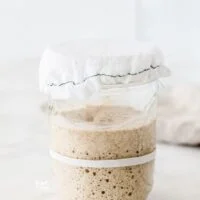
Feeding Sourdough Starter for Maintenance
Ingredients
- 25 grams sourdough starter
- 75 grams gluten free flour
- 75 grams bottled water
Instructions
Maintaining Your Room Temperature Starter
- Stir your starter, and discard or set aside all but 25 grams of it. Add in 75 grams of gluten free flour and 75 grams of bottled water. Stir well to combine.
- Cover starter and set back on the counter. Discard or use the discard in other recipes. Repeat in 20-24 hours.
How to Maintain a Sourdough Starter in the Fridge
- Remove the starter from the fridge. There may be some liquid on the top. This is called “hooch” and is the byproduct of fermented yeast- which is completely normal. You can stir this in or pour it out – I stir it in. Either way, give the whole thing a good stir, making sure to scrape anything off the sides of the jar.
- Discard or set aside all but 25 grams of it. Add in 75 grams of gluten free flour and 75 grams of bottled water. Stir well to combine and cover.
- Let the container sit at room temperature for about 2 hours, letting the contents warm up and start to “feed”. After about 2 hours return it to the fridge. Repeat once a week for the best health of the starter.
Notes
Recommended Products
Nutrition Information
Disclaimers
As an Amazon Associate and member of other affiliate programs, I earn from qualifying purchases.
Nutrition Facts are estimated and aren’t always accurate. Please consult a doctor or nutritionist if you have special dietary needs.
Did you make this recipe? Leave a star rating and let me know in the comments! You can also leave a photo/comment on this pin for others to see.

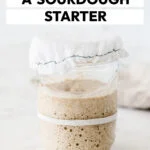
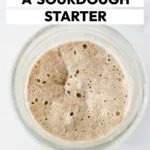
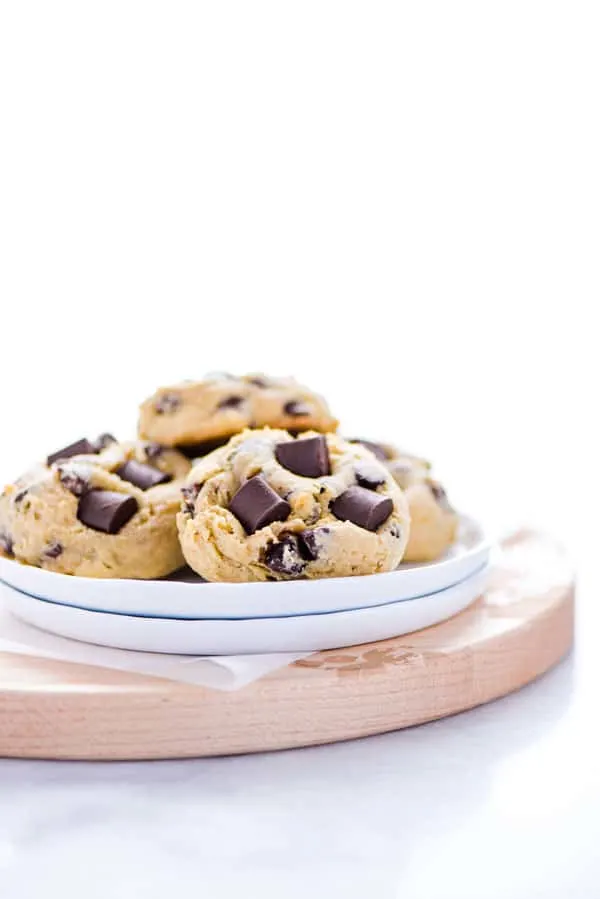
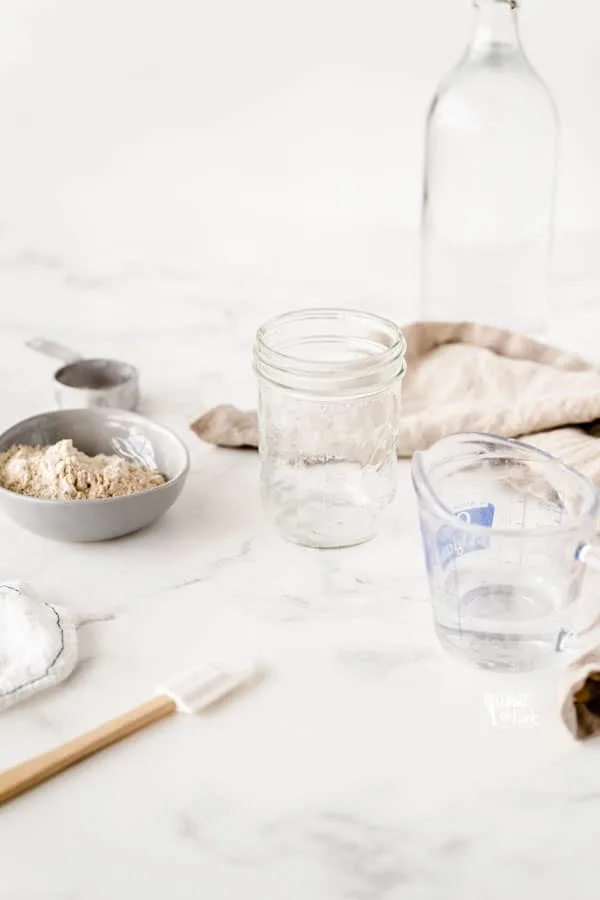
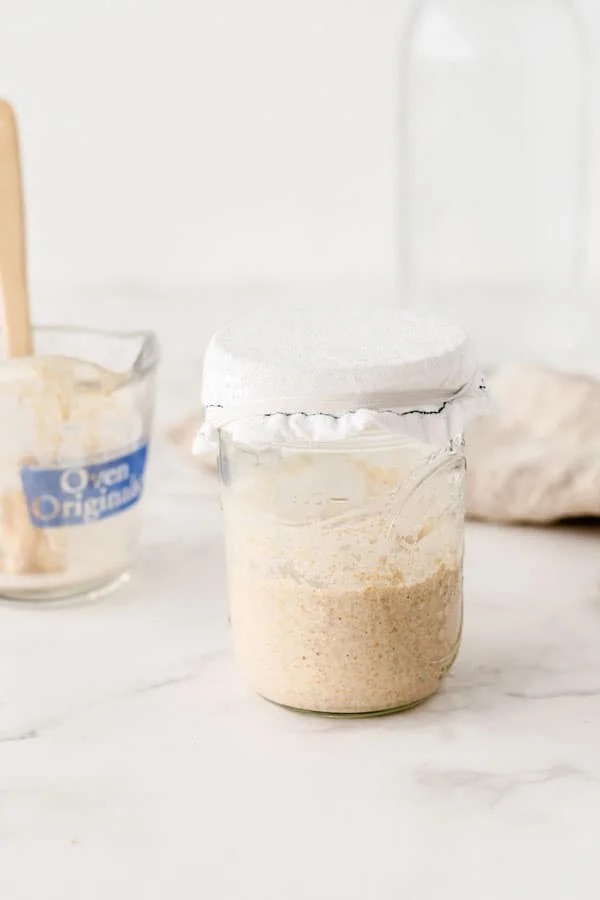
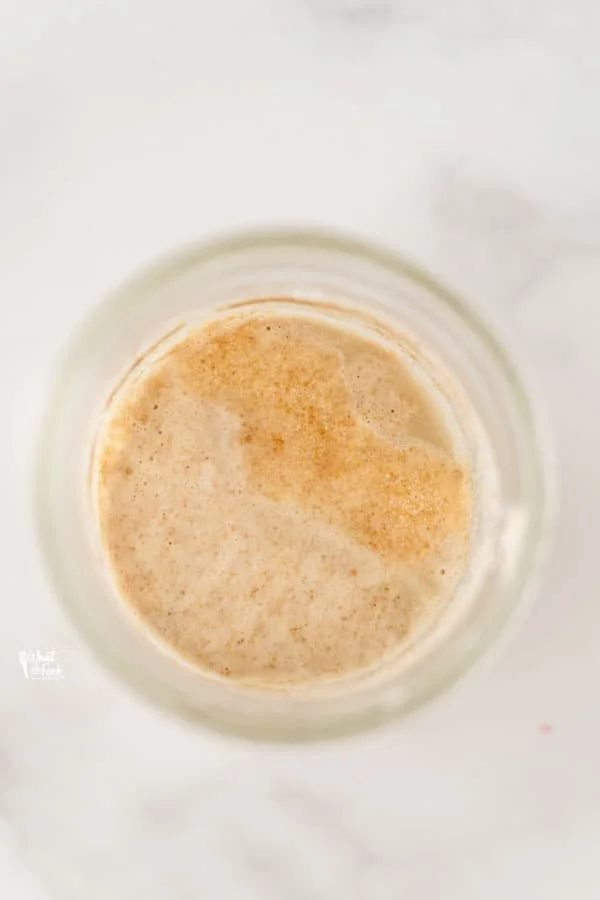
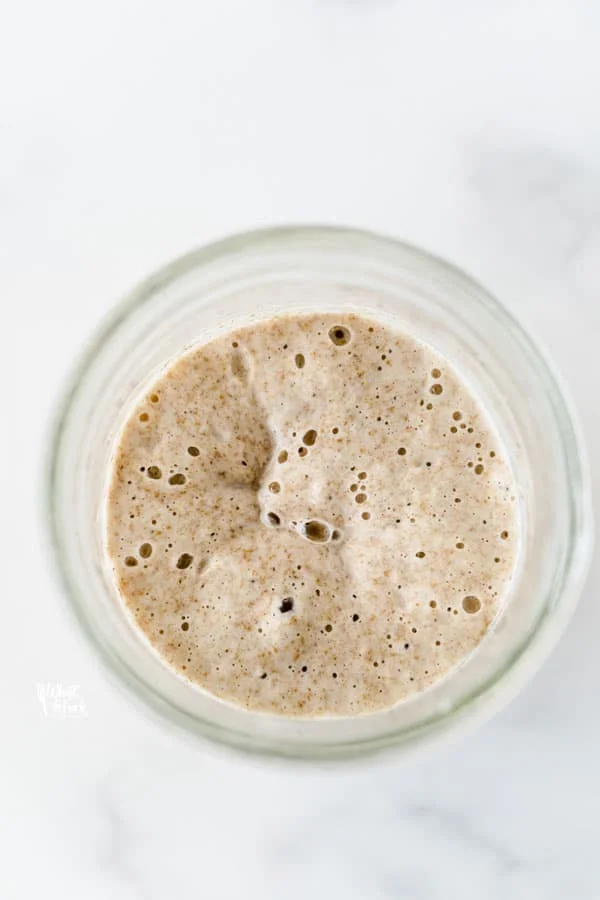
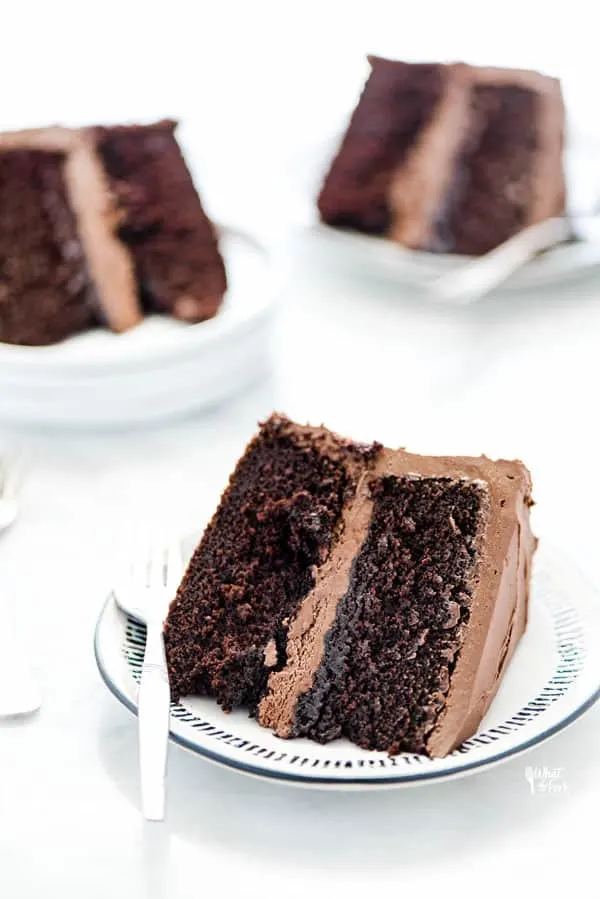

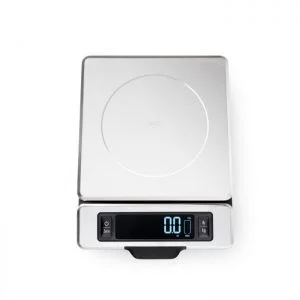

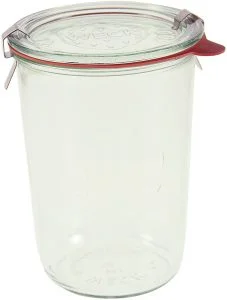
Does anyone know if I can feed the discard at the very beginning to my chickens instead of throwing it away?
Starting today, thanks for your encouraging recipe and tips. Does the beginning starter need to be left on the counter, if yes, for how long? I intend to store the starter in the refrigerator for long-term.
Yes, you should keep it on the counter for at least the first month and feed daily to establish it. Once you’re ready for maintenance mode, you can keep it in the refrigerator and discard/feed it once a week.
Hi there!!
I used your recipe and schedule to start my own gf starter.
I keep it in my oven with the light on. It was doing great until day 8…it stopped bubbling and smells of wet flour (not yeast).
What am I doing wrong???? 😫
Hi! I’m new to sourdough starters and am close to baking my first sourdough bread.
What size Dutch oven should I use to bake?
I use a 5 quart Dutch Oven.
Hi! I created my 1st sourdough starter following your recipe a couple months ago and it is doing SO WELL! I will be sharing this starter with others. What is your best recommendation for bulking up a gluten-free starter? I also have a regular (whole wheat) starter and bulk by not discarding and just feeding. Can I follow this same principle with a gluten-free starter?
You can do the same with your gluten free starter.
Question…question….please pick me! If a GF Sourdough Starter is unavailable, how does one CREATE the starter/process? Thanks so much, your blog is helping this momma feed her family better!!
Hi Angie, you can follow this guide to make your sourdough starter: https://www.whattheforkfoodblog.com/2020/05/10/how-to-make-sourdough-starter-gluten-free/
Sourdough is the king of bread in my eyes and I love all the tips you’ve shared here! Also I’m totally checking out those sourdough chocolate chip cookies next… yes please!!
Thanks Caitlin!